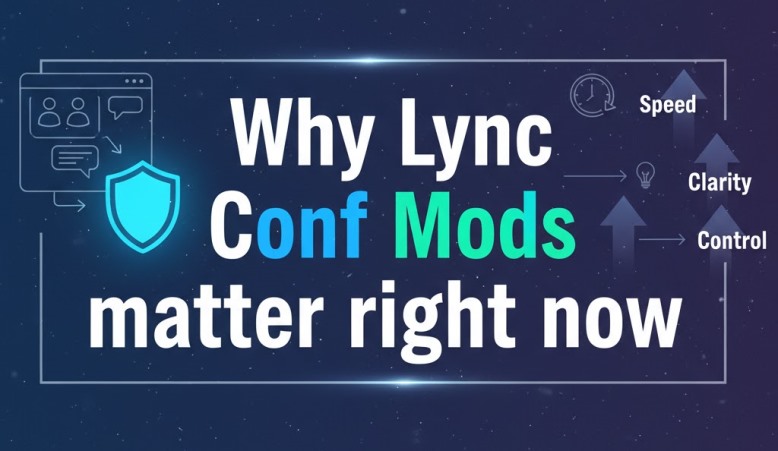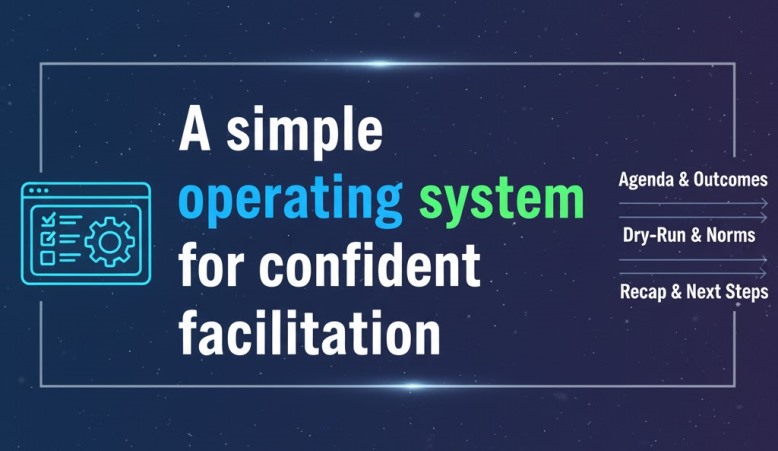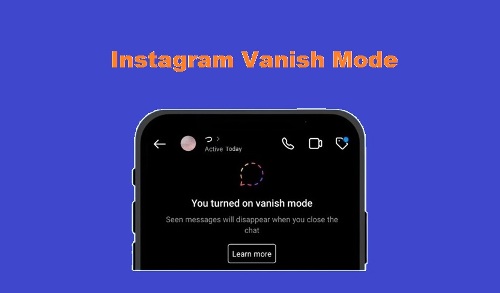
You’re here because you don’t just want decent meetings—you want decisive ones. Lync Conf Mods is the mindset and toolkit that turns routine calls into high-energy sessions where people contribute, decisions land, and momentum sticks. If your organization still runs collaboration on Microsoft Lync—rebranded as Skype for Business—or you maintain legacy environments alongside newer platforms, this guide shows how “mods” let you streamline controls, elevate engagement, and keep every minute purposeful for high-stakes virtual meetings.
What exactly are Lync Conf Mods?
At a practical level, the phrase describes targeted adjustments, add-ons, or admin-level configurations that improve how Lync conferences run in the real world. Reputable write-ups frame them as enhancements that add interactivity, guardrails, and efficient workflows without overwhelming hosts—think precise role settings, scoped presenter rights, and automation that supports the moderator rather than getting in the way. Some guides even explore where AI-style features and smarter defaults might take these enhancements next, but the through-line is constant: speed, clarity, and control for the people running the room.
A quick note on search terms you’ll see
Across community posts and explainer blogs you may encounter variants such as mods lync conf, lync conf mods, lync conf, and mods lyncconf. They all point back to the same idea: purposeful tweaks that reduce friction and give moderators simple, reliable levers during complex sessions.
Why Lync Conf Mods matter right now

Modern teams expect a smooth runway, clear signals, and closing speed. LCM delivers by tightening the gap between intent and action: admitting the right people without chaos, elevating the right voices at the right moment, protecting attention when chatter rises, and preserving a clean record of what changed and why. In regulated or customer-facing environments, these adjustments do more than “make it nice”—they de-risk the hour and accelerate outcomes.
Core capabilities you should enable
A powerful LCM setup starts with granular access and role control. In Lync’s own model, you can craft conference policies that decide who presents, who chats, and how content flows; advanced admins often script repeatable changes in PowerShell so every high-visibility meeting inherits the same secure defaults. From there, you’ll want a clean doorway: staging guests in a waiting room or lobby, reviewing displayed names, and admitting in one sweep. Once the session is live, stabilize the stage—gate screen sharing to presenters, and lean on pre-built Lync behaviors like meeting options that set expectations before anyone joins. If you’re going hands-on or presenting artifacts, remember that Lync still supports whiteboard collaboration and on-the-fly content review; for urgent escalations, the ad-hoc conference call path remains a fast way to pull key people together. When reach matters more than bandwidth, enable dial-in conferencing so participants can contribute from any phone line.
A simple operating system for confident facilitation

Before the session, publish a one-screen agenda and tag each segment with an outcome: decide, review, or explore. Pre-assign presenters, set join permissions, and verify recording/transcription policies where your org’s rules allow. If you’re hosting an all-hands or customer briefing, run a five-minute dry-run to rehearse transitions and confirm content loads instantly.
At go-time, open with norms: how to request the floor, when questions land, and what “done” looks like for this meeting. Start with a crisp context frame (why we’re here, what’s at stake), move into the highest-value decision or demo—while energy is fresh—and capture owners and timelines as they surface. If a tangent appears, park it intentionally and promise a written follow-up. Close with a short recap: decisions made, open questions, next deadlines. That rhythm turns LCM from a feature set into a habit.
Governance, safety, and trust
Strong meetings depend on strong guardrails. Create a baseline policy that privileges clarity over convenience: presenters by invitation only, limited content sources, and visible indicators when recording is on. For external briefings, restrict chat to moderated Q&A and ensure sensitive documents are screen-shared from a secured workspace, not local drives. On the human side, publish a short “host playbook” so every moderator follows the same cadence and language. When users know the rules and signals, they lean in—because the room feels safe and purposeful.
Also Read: What is FOK959S-M Model and How does it Work
Implementation blueprint (that won’t drown you in settings)
Treat LCM as a product you ship internally. Start with two or three flagship scenarios—executive updates, customer demos, cross-team workshops—and build a named template for each. Bake in the right roles, join rules, and content controls. Next, package a one-page quick-start for moderators: how to stage arrivals, when to elevate presenters, what to do if noise spikes, and how to recover if a link fails. Finally, measure what matters: attendance vs. invite, talk-time balance, decision throughput, and the percentage of action items closed by the next gathering. Iterate every quarter. Every cycle should lower friction and raise the signal.
Real-world compatibility
Even in 2025, many enterprises keep Lync/Skype footprints for compliance, archival, or specialized line-of-business workflows. The good news is that LCM techniques build on capabilities documented in Microsoft’s own materials—scheduling from Outlook, controlling presenters, launching ad-hoc calls, and sharing content—so your teams get better results without swapping tools in the middle of a transformation. That means you can start now and upgrade later without losing institutional muscle memory.
The takeaway
Momentum favors the prepared. With LCM, your moderators walk in with clarity, your speakers stay in flow, and your participants leave with decisions they can act on today. Start small—codify a template, rehearse the handoffs, and protect the signal—and you’ll feel the cultural shift: less confusion, more commitment, faster execution.
Conclusion
Lync Conf Mods is not about piling on features; it’s about removing excuses. When access is intentional, content is curated, and facilitation is disciplined, meetings stop being a weekly tax and start becoming a competitive advantage. Build your templates, train your hosts, and ship the habit—because every great quarter is just a string of great meetings, delivered on purpose.
FAQs
1) Can I deploy LCM in phases without disrupting current meeting habits?
Yes—start with one template for a high-impact scenario, roll it to a pilot team, and expand once adoption and feedback are solid.
2) What’s the best way to train busy executives to host with LCM?
Offer a 20-minute micro-workshop with a live demo, a one-page checklist, and a producer on standby for the first two run-throughs.
3) How do I keep meetings inclusive for quiet contributors?
Use a short pre-read, assign rotating note-takers, and reserve a final two-minute “quiet write” where everyone posts a takeaway or concern.
4) What metrics prove LCM is working?
Track decision count per meeting, time-to-decision on key topics, talk-time distribution across roles, and action-item completion by the next session.
5) How should I handle last-minute external guests?
Admit them after the opening context, briefly restate norms, and grant presenter rights only when their segment begins to avoid derailing flow.



